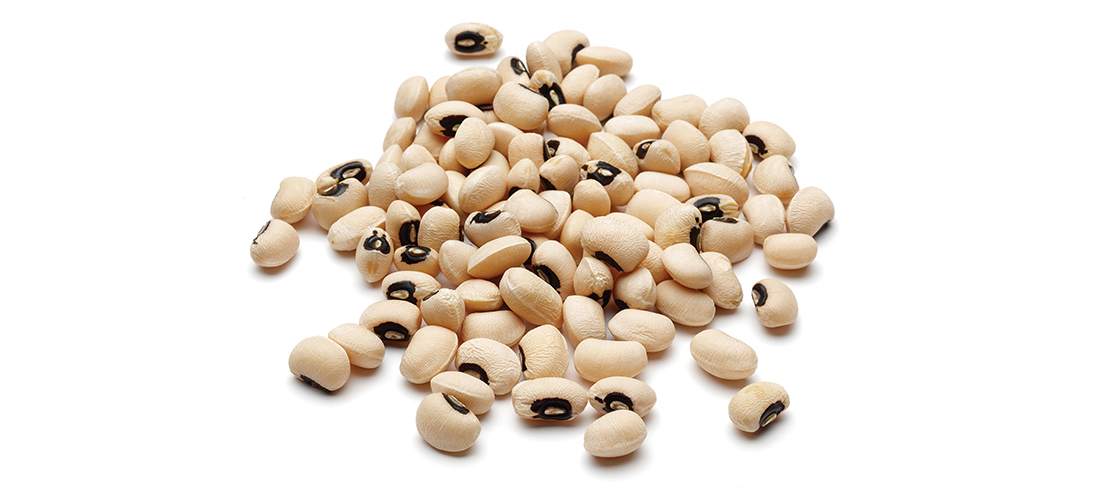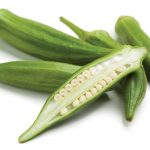
Secrets from the Blue Zones
Get a running start on a long life
By Karen Frye
Living to a ripe old age, with clarity of mind and freedom of movement, is what many of the people who live in areas of the world called the “Blue Zones” enjoy. About 15 years ago, their lifestyles were studied by a group of doctors and researchers, with the help of National Geographic, to shed light on the amazing good health and longevity of folks living in these specific areas.
The Blue Zone areas are Sardinia, Italy; the island of Okinawa; Ikaria, Greece; Costa Rica’s Nicoya Peninsula; and Loma Linda, California, home to a large community of Seventh Day Adventists. The people living in these areas live well into their 90s and beyond. They are active, moving about freely throughout their community, often choosing walking over driving a vehicle. Most of them do not rely on modern day conveniences. They have gardens and eat a healthy diet. They socialize regularly with family and friends and have a sense of purpose and responsibility for their family, community and the following generations. They are healthy and energetic.
The diets vary, but upward of 90 percent are plant-based foods — fruits, vegetables, seeds, nuts, beans and whole grains. They do eat some meat and fish, but only small amounts several times a week. With modernization arriving to many of the areas in the ’70s, members of the younger generations began following a fast food, processed food, standard American diet. The consequences were alarming. The rate of diabetes escalated, and the life expectancy dropped. The older folks remained vigilant in their way of living, and their health stayed robust.
In all five Blue Zones, beans are a staple of the diet. Inexpensive, versatile and easy to prepare, they contain adequate amounts of protein, fiber and antioxidants. Blue Zone diets use the same 20 or so ingredients consistently. Less variety may keep them from overeating and help keep the immune system strong.
Cruciferous vegetables such as broccoli, cabbage and cauliflower are consumed regularly, protecting the heart and reducing risks of cancer. They use olive oil to finish off dishes instead of heating it to sauté or fry. Add olive oil after cooking for the greatest benefit, by drizzling it over veggies and salads, soups, stews and breads.
Fiber is also a very important part of any diet. Seeds, nuts, whole grains and beans contain adequate amounts.
Reduce the consumption of refined sugar.
Enjoy a little red wine with meals. Red wine contains high amounts of antioxidants.
Remember, it’s not only what you eat for longevity, but how you eat. Dining with friends and family and expressing gratitude are important parts of the longevity lifestyle.
Here’s a recipe from Ikaria, Greece, perfect for the summer.
Black-Eyed Pea Salad with Mint and Onions
1 pound dried black-eyed peas, or four 15-ounce cans, drained
3 green onions, tops removed and coarsely chopped
1 carrot, peeled and chopped
3 tablespoons red wine vinegar
1 cup chopped mint
1/2 red onion, chopped
1 cup chopped greens (spinach or baby kale)
1/4 cup extra virgin olive oil
Salt and pepper
Fresh dill for garnish
If using dried beans, place in pot with water. Bring to boil; reduce to simmer; cover with lid, tilting the lid so some of the steam can escape. Cook for an hour, or until done. While the peas are still hot, mix all remaining ingredients together in a large bowl, and toss to combine. Add salt and pepper to taste. (If using canned beans, just drain, rinse and heat on a stove on medium heat. Mix with all other ingredients until warmed through, 5-6 minutes.)
Garnish with fresh dill if you like. Serve hot or cold. Enjoy! PS
Karen Frye is the owner and founder of Nature’s Own and teaches yoga at the Bikram Yoga Studio.





